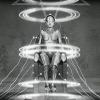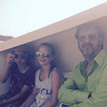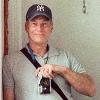Revisiting 35mm Film Scanners
-
Recently Browsing 0 members
- No registered users viewing this page.
-
Similar Content
-
- 17 replies
- 7,472 views
-
- 1,973 replies
- 235,401 views
-
Film / Handgepäck-Scans an Flughäfen mittels CT-Scanner und herkömmlichen X-Ray-Scanner
By Andreas_Kreuz,
- 2 replies
- 668 views
-
- 11 replies
- 814 views
-
- 37 replies
- 7,200 views
-




Recommended Posts
Join the conversation
You can post now and register later. If you have an account, sign in now to post with your account.
Note: Your post will require moderator approval before it will be visible.